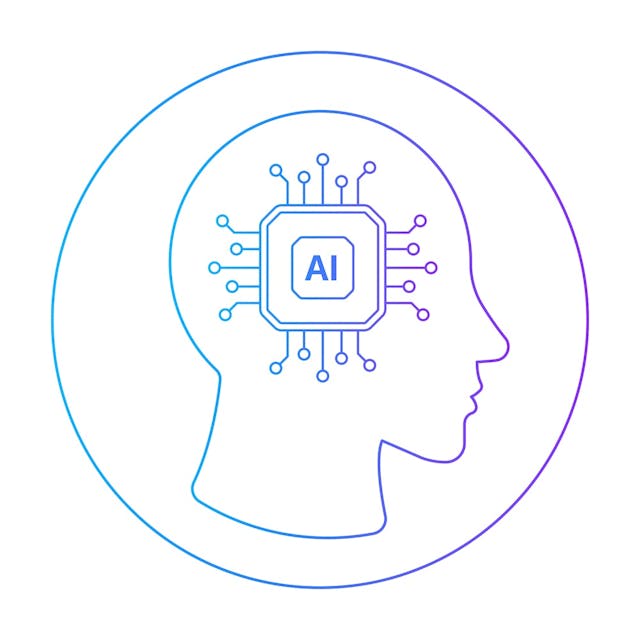
AI Governance
Governing AI in the enterprise
Series: AI, Post #1
First posted: Mar 26 2024
Read time: 3 minutes
Written By: Steven Godson
Greetings!
Governance of how an organisation uses AI will be a key factor in how much value/benefit can be realised in the future.
As AI becomes increasingly present in our everyday lives, both at work and at home, more domestic and international governments will attempt to exert control through legislation and regulatory standards.
This will naturally lead to organisations needing to understand, in-depth, how they are using AI and what data sources/structures are being used so they can monitor, manage and maintain compliance with all of the applicable statutes and industry best practices.
Areas that will need careful consideration include the following.
Business case/usage
A clear idea of what AI can and cannot be used for should be established. This should establish firm use cases and decision trees that teams within the organisation can follow if they want to implement AI to tackle specific scenarios.
Intellectual property
An organisations IP must be protected to ensure that, through the use of AI, whether public platform or internet connected private platform, it isn’t exposed to the threat of theft or loss.
Legislative compliance
The introduction of new legislation, such as the EU AI Act, organisations have new statutory obligations to meet or face significant fines and damage to their reputation.
Organisational culture/Skills evolution
At this stage, AI introduces new and exciting, tools that are lauded as being able to improve an organisation’s productivity by percentages that have not been achieved since the Industrial Revolution. However, picking up a spanner doesn’t automatically make me a mechanic! Therefore, an organisation needs to define, implement and continually refresh its culture to ensure that its resources make effective use of these new tools and that the expected Return On Investment is achieved.
An organisations ITSM capability will need to be at the core of this, ensuring that the appropriate strategies and plans are in place to enable business AI agility whilst robustly managing the associated risks.
“But how?!”, I hear you cry…. Well here are some of my thoughts on the subject.
Robust enterprise architecture to provide
architectural patterns and reusable technology stacks, that evolve with business needs and technology improvements
enterprise management solutions that can manage, monitor, alert, and report on the organisations AI solutions
automated and integrated tracking of key data assets that underpin an organisations AI implementation e.g. Large Language Models
Adhere through the use of policy and process controls designed to meet the regulatory requirements of the geographies that the organisation operates in.
Effective audit and reporting capabilities that can analyse information, in real-time, and facilitate escalations, as appropriate, within the organisation so that risks can be managed. The more this can be automated, possibly with the use of AI for analysis, the more robust this will be.
Enforce policies, at the operational and technology levels, to control
usage (appropriate and inappropriate)
data separation to safeguard company intellectual property
user access controls
Invest in the skills of your team, and encourage experimentation with new technologies. AI is growing at an unprecedented pace and so organisations must adapt quickly to meet business demands.
In summary, ITSM capabilities must embrace the organisations use of AI and provide guidance and guardrails. How fast they can evolve with business needs will have a significant impact on the organisations ability to manage risks and realise value from AI.
Hopefully this has been useful to you and I wish you well on your ITSM journey…